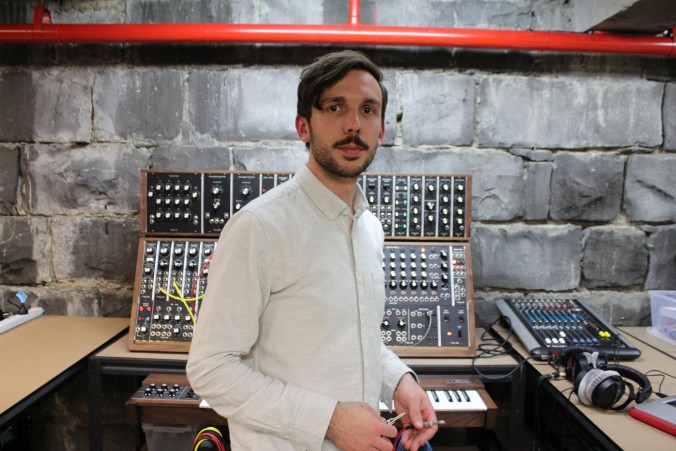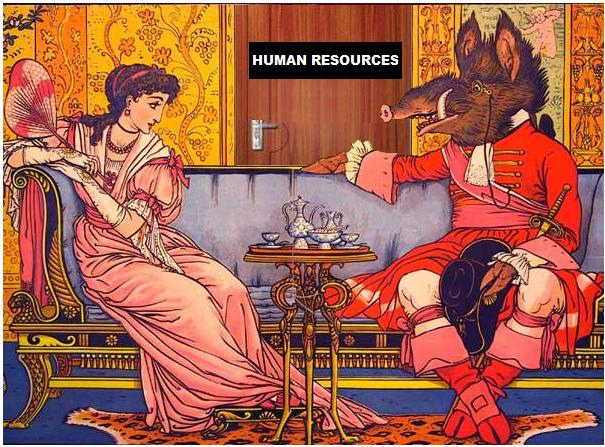Life Of Brian is a 1979 comedy film written by British comedy group Monty Python
Jokes.
After spending the last couple of weeks organising our audio essay, today within the workshops we were given feedback from jesus christ Brian Morris. Up until this point our audio essay is essentially a written essay that is being read aloud, much in the academic style. After listening to a number of other groups audio essays it was our turn. We dragged our laptop over to Brian, him sitting on one side of the desk, us sitting on the other “much alike Charlie’s Angels” I joked, Brian said “it feels more like an awkward job interview”, we all laughed. As Brian listened to our essay, we looked awkwardly at one another, each time that person was speaking, they’d have a funny face on as they listened to themselves. We all kind of had the feeling that: this audio essay is good.. but still pretty lame, Brian however was much gentler on us and gave us some great advice as summarised below:
- It might be nice to mention that Disney has made an attempt to ‘change’, as there is a lot of talk regarding ‘the new Disney films such as Frozen and Tangled’.
- Even if you don’t agree with that statement, you could set it up as “A lot of the discourse surrounding Disney films suggest that Disney has made an attempt to reconstruct it’s highly gendered narratives, but is that really the case..?”
- Don’t keep it too neatly wrapped up, you can state that Disney has made an attempt to change, without it undermining your argument.
- State your argument clearly and round it out by the end of the essay.
- There’s a nice opportunity in the intro to add in the Disney princesses voices saying “I’m Jasmine, I’m Ariel, Hi I’m Cinderella” enhancing the idea that Disney keeps doing the same thing over and over again.
- You can have scenes play out at a lower level in the mix, therefore you don’t have to waste time listening to an entire scene by itself.
- A Ted Talk or an online version of an academic speaking could replace the tradition interview.
- Add more texture to the intro and the conclusion sections, whereas the body can be the dense info.
- There is a high pitch noise in the recording, that seems to come from the recording environment, therefore you should try and edit it out.
Receiving this feedback from Brian was great, I think he touched on a lot of points that we were secretly worried or thinking about, so it solidified to us that these parts need to be worked on, before the final version. Based of off Brian’s feedback we decided to re-record our audio in order to eliminate the hum, but we will also re-word it to make it sound more like a casual three dimensional on air conversation, much alike a podcast rather than a dry reading of an essay. We also want to reference the point that Disney has indeed attempted to change, but rather that it has not been enough, hopefully adding enough to our argument to convince the listener of our point of view. We will also hopefully find a good Ted Talk to use as well as go through our Disney clips in order to find some appropriate sound bites that will add texture and add emphasise to the arguments we will make throughout the audio essay.
Coming back to the Life of Brian aspect (even though I did only make that pun based off the similarity in names, haha), but I guess for us students, lecturers and tutors become a kind of messiah, or touchstone. A person through which we get to receive valuable words of wisdom, through learned experience. Often within other courses (such as my Psychology degree that I studied previously) I never really got to interact one on one with lecturers, or the people who shaped the course I was studying. So I think it’s really great that we get the opportunity to have our tutors and lecturers listen to our work. It also really allows us as students to make sure that were on the same page as the tutors and lecturers, regarding expectations for assignments and the coursework in general. So I really hope that receiving feedback and interacting with our lecturers will continue throughout the rest of the course.
Also if anyone hasn’t watched Life of Brian, you definitely should!!
Catch you later,
Louise Alice Wilson











Recent Comments